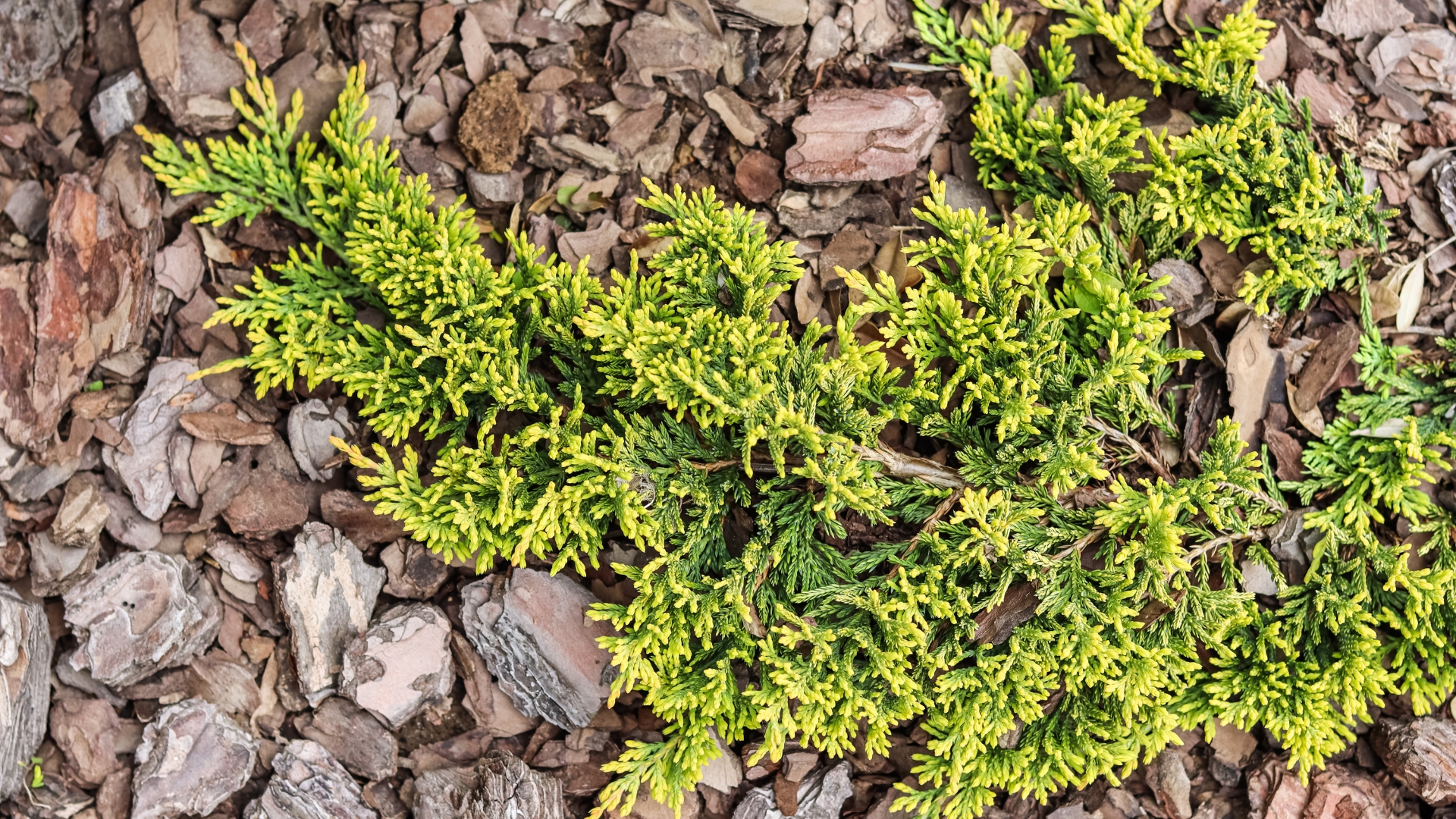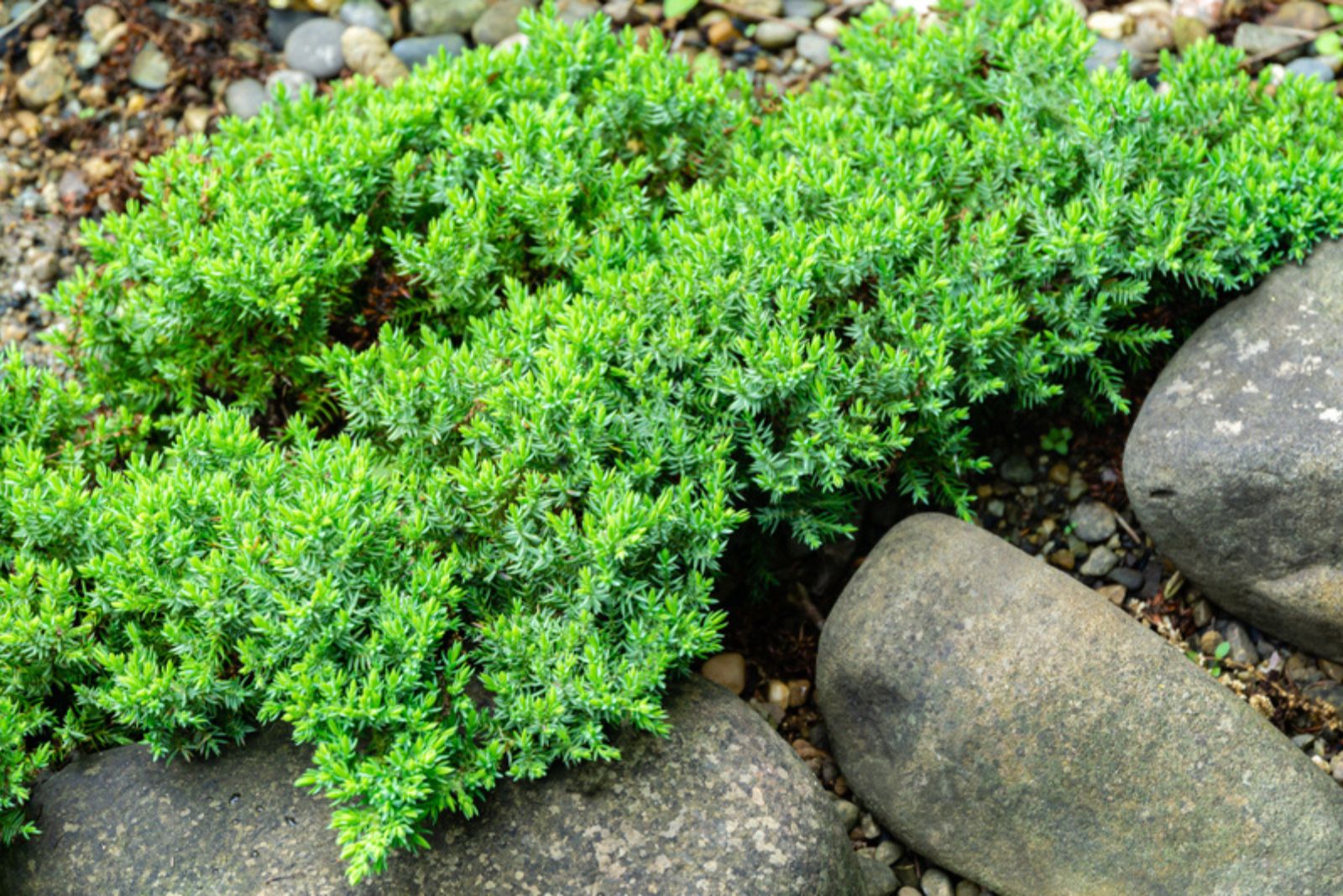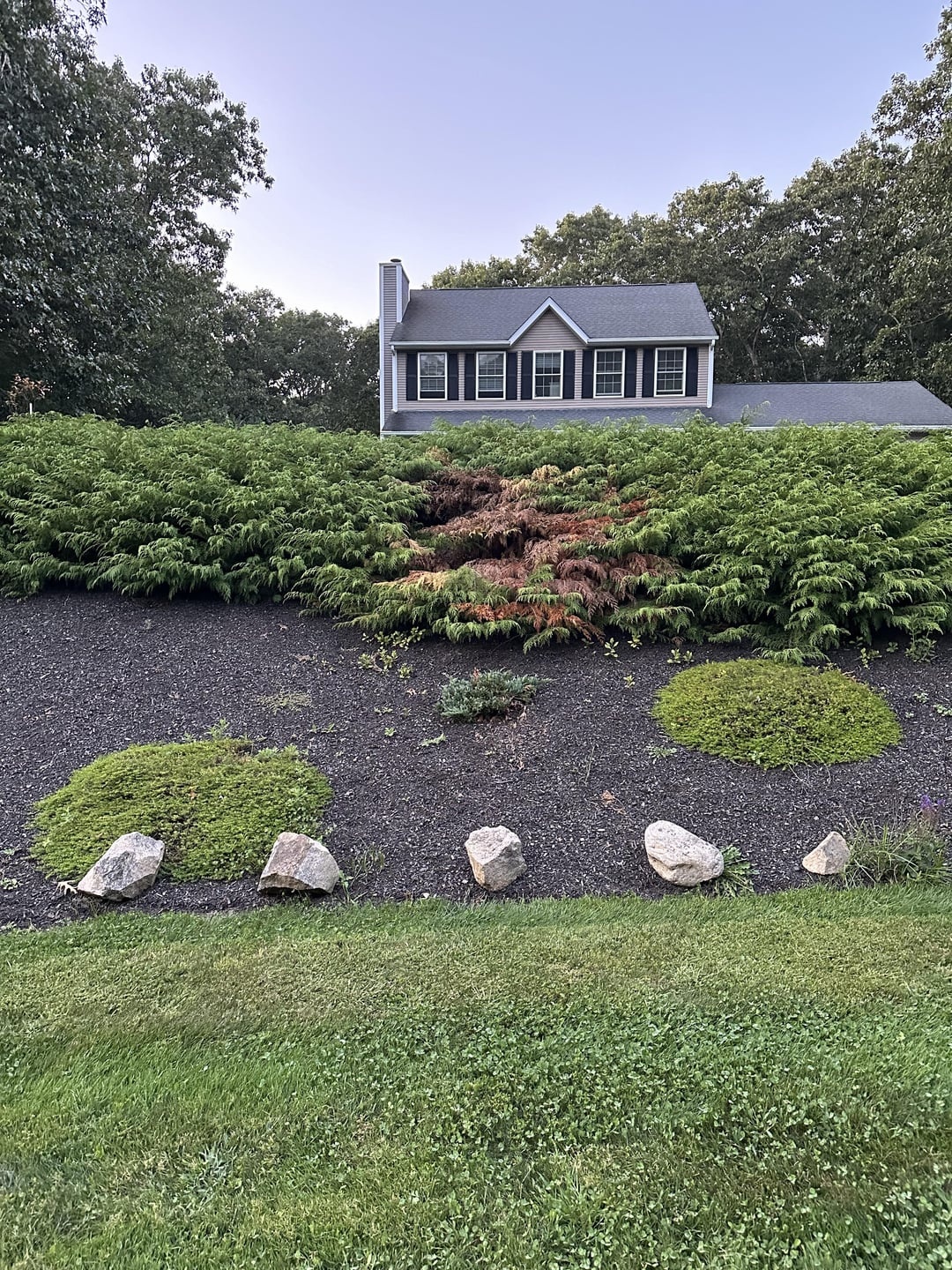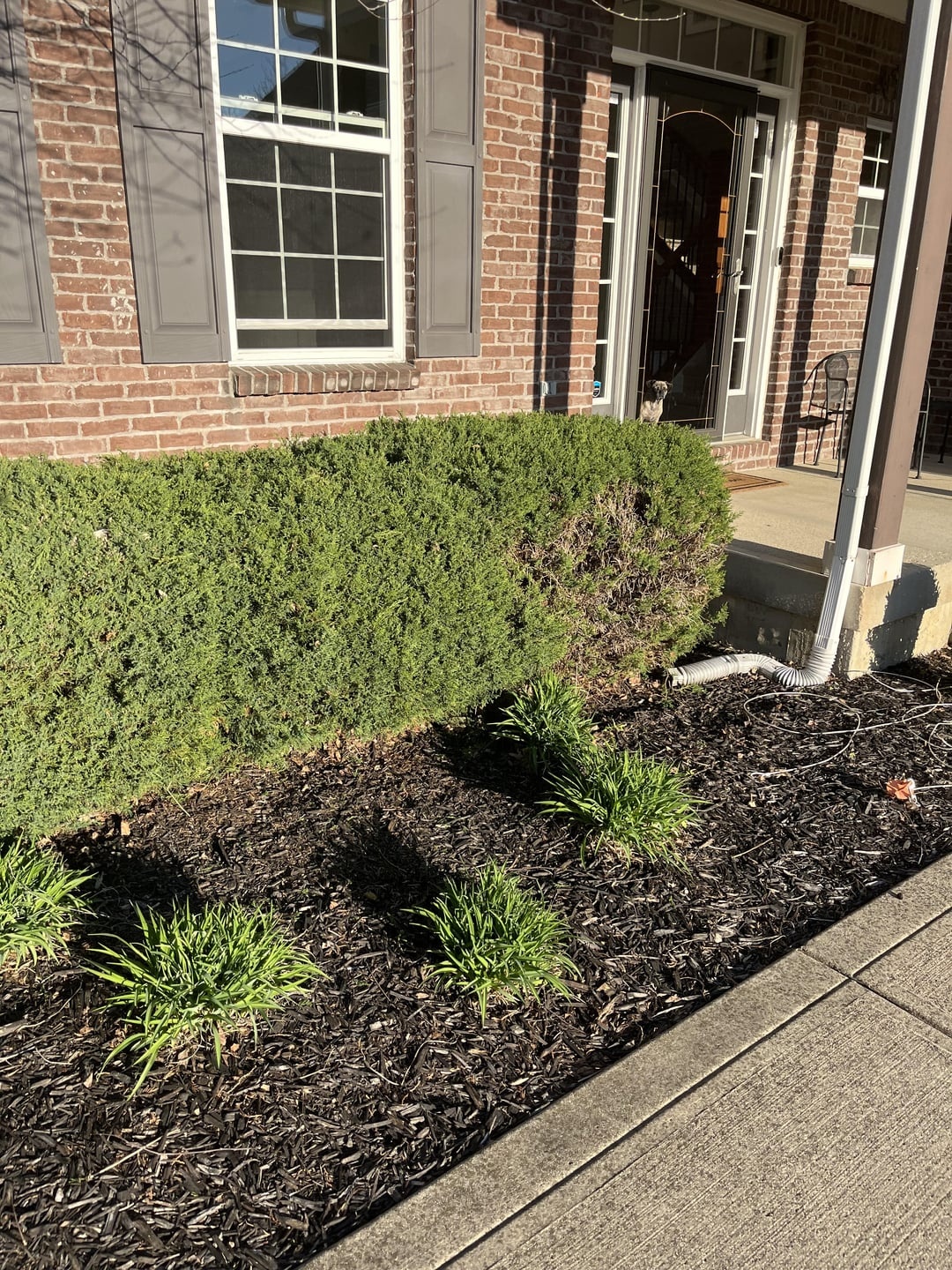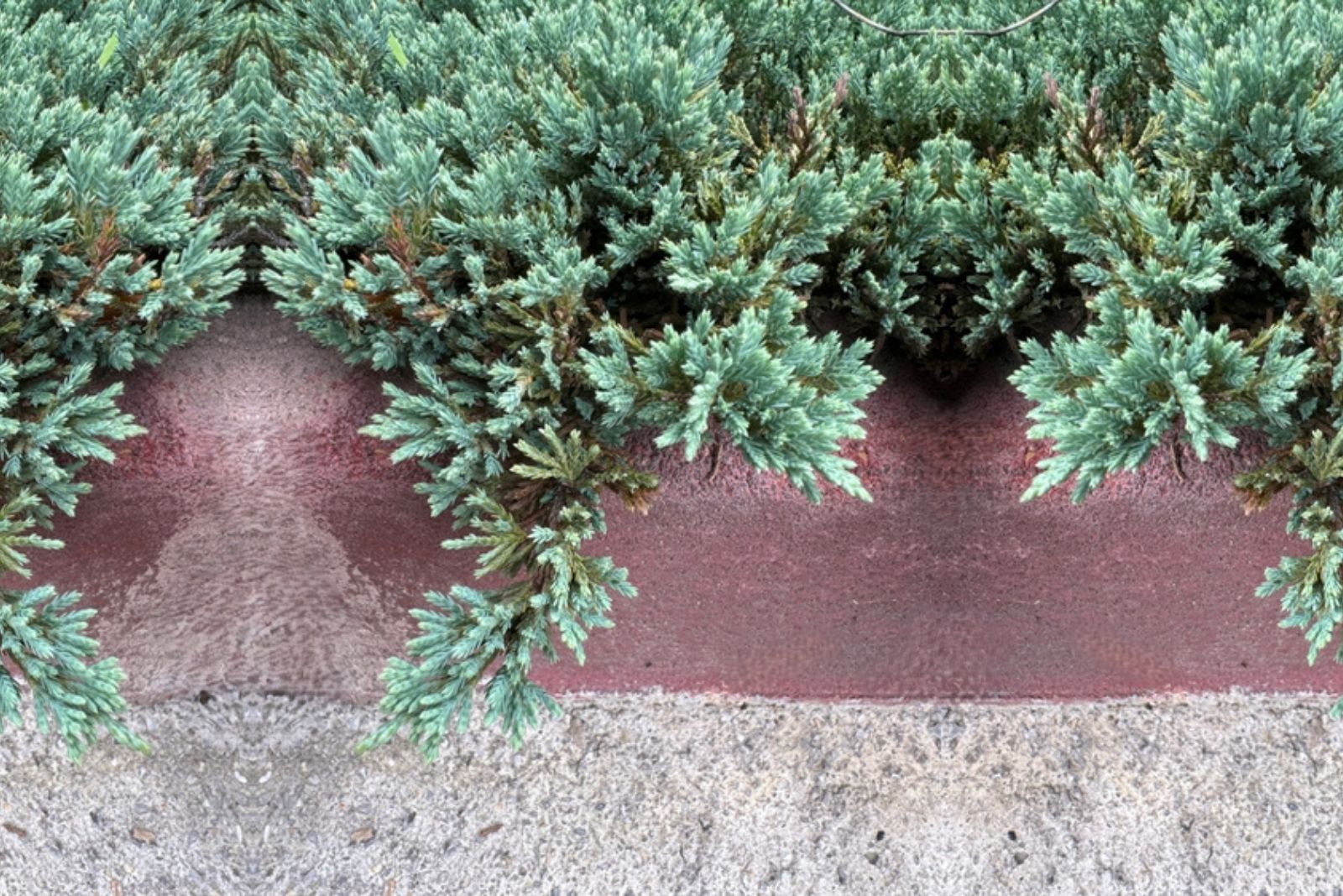If soil erosion hasn’t stirred up trouble in your garden, count your blessings! But if it has, I’m no stranger to that struggle.
I had my sloped backyard looking like a dream come true, but one good storm and it all went downhill – literally!
I tried every trick in the book: sandbags, windbreaks, you get the picture. Still, it felt like fighting a losing battle. Just as I was about to wave the white flag, I stumbled upon the magic of ground cover plants. Guess Mother Nature really does have her ways!
And I was spot on! The ground cover turned out to be a golden ticket, giving me a sloped backyard that’s as solid as a rock against erosion! Wondering which plant I used? Please meet:
Creeping Juniper Aka The Best Ground Cover For Soil Erosion
Yes, it’s exactly what your sloped backyard needs! This is a native plant, which basically means it tolerates all soil types, from rocky to dry.
The roots are very robust and they spread deep into the ground, stabilizing the soil. Think of the creeping juniper’s root system as some sort of a net that prevents the soil from getting washed away.
How long does creeping juniper stay green? That’s actually the best part. It’s an evergreen plant, which means it’ll keep your soil in check year round and your backyard will look stunning!
Once it’s established, it’ll appear like a thick carpet of greenery, and trust me, the display is incomparable!
If you live in an area with seasonal downpours, creeping juniper is all you need!
This Is How You Plant Creeping Juniper
First things first, you need to choose the ideal time to plant your creeping juniper. You should do it in either spring or early fall to give the plant enough time to adapt before extreme temperatures hit.
Start by digging a hole for your creeping juniper and make sure it’s a bit larger than the rootball itself. If you have a larger sloped backyard and need more plants, aim for a spacing of 6-12 feet.
As the name suggests, this plant creeps over the ground, which means it’ll need a lot of space to spread.
Pack the soil around the base of your creeping juniper plant well, and water thoroughly. You’ll need to water more often until the plant is well established.
After that, you can reduce watering because this evergreen shrub shows excellent tolerance to drought.
And Here Are The Tips To Make It Thrive
The essential thing to ensure for your creeping juniper is full sun. My sloped backyard receives approximately 6 hours of sunlight per day; if yours receives more, it’s even better!
Even though many gardeners claim that creeping juniper does well in shade, I still recommend planting it in a sunny spot for best results.
You also need to pay close attention to soil drainage because creeping juniper isn’t a fan of wet feet. The roots may rot and that’s the last thing you want if you’re fighting soil erosion.
If your soil stays damp for too long, you can improve drainage by adding some sand or gravel.
But Soil Erosion Control Isn’t Its Only Benefit
What else are you getting by planting creeping juniper? First, this is a native plant, which means you don’t have to worry about it taking over your yard. We should be careful when selecting plants because dealing with invasive species is a true nightmare.
Creeping juniper is also an excellent ground cover plant for weed prevention and control.
You can plant it to fill in the gaps in your flower beds and even use it for low borders.
If you’re a beginner, creeping juniper is your best bet because it requires minimal maintenance and is nearly indestructible.
Well, it’s true that soil erosion on a sloped backyard is a familiar foe, but creeping juniper is the ace up your sleeve to keep it from ever coming back!

